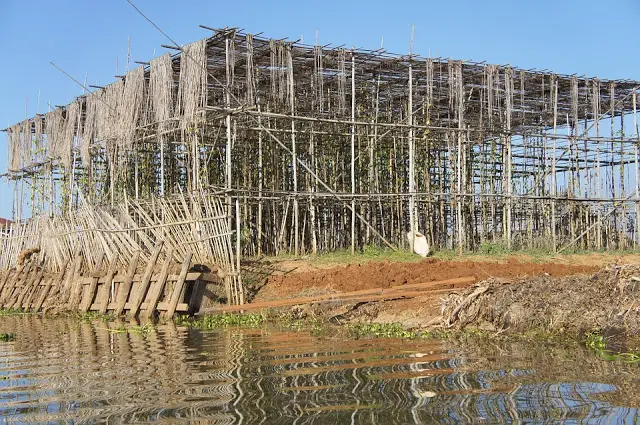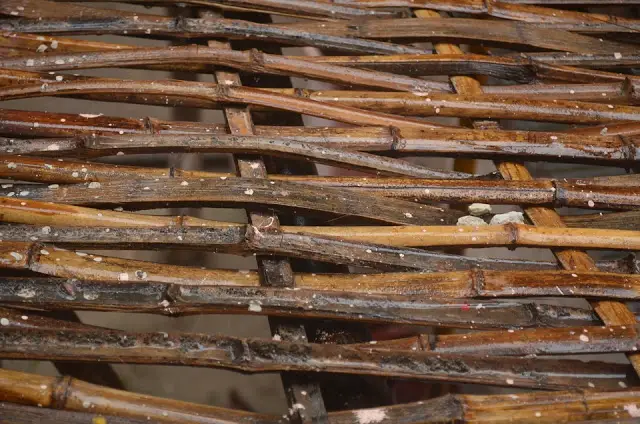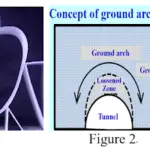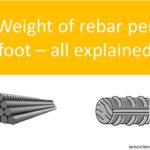The world timber demand is increasing at a rapid rate but the timber supply is depleting. It’s been found through research that bamboo can suitably replace timber and other materials in construction and other works. Industrially treated bamboo has shown great potential for production of composite materials and components which are cost-effective and can be successfully utilized for structural and non-structural applications in construction. Bamboo is one of the oldest traditional building materials used by mankind.
Through research it has been found that some species of bamboo have ultimate tensile strength same as that of mild steel at yield point and this coupled with other merits boosts the usage of bamboo as construction material.
Bamboo is a versatile material because of its high strength-to-weight ratio, easy workability and availability. Bamboo needs to be chemically treated due to their low natural durability. It can be used in different ways for roof structure as purlins, rafters and reapers, for flooring, doors and windows, walling, ceiling, man-hole covers etc.
3.1 Bamboo Trusses:
The bamboo has strength comparable to that of teak and sal. An experiment with the construction and testing of a 4m span truss made of round bamboo and different jointing techniques for web-chord connections gave results that were matching with the strength of timber.
3.2 Bamboo Roofs Skeleton:
It consists of bamboo truss or rafters over which solid bamboo purlins are laid and lashed to the rafter by means of G.I.wire. A mesh of halved bamboo is made and is lashed to the purlins to cover the roof.
3.3 Bamboo walling/ceiling:
As the bamboo material is light in weight it is more advantageous in earthquake prone areas as its chances of falling are very less and even if it falls it can be re-erected easily with less human and property loss with least efforts and minimum cost. Bamboo walls can be constructed in different modes like
· Whole stem, halved or strips of bamboo can nailed to one or both the sides of the bamboo frame
· Split bamboo mats can be fastened to the bamboo posts or mats can be woven, mud can also be applied to both sides of such mats
· Bamboo strips nailed to bamboo frame or posts for interior walling
· Cement or lime plastering can be done on the mud covering for better appearance and hygiene.
It has been found that the bamboo in the vertical position is more durable than in horizontal direction. For partition walls only single layer of bamboo strips are used.
Like Us on Facebook!
3.4 Bamboo Doors and Windows:
Bamboo frames can replace timber frames appropriate to function. Bamboo mat shutters fixed to bamboo frame or a panel of bamboo board fixed to the frame which is hinged to the wall can be used as door. Small framed openings hinged to the top in the wall can serve as windows.
Subscribe Us on YouTube!
3.5 Bamboo Flooring:
Bamboo can be used as flooring material due to its better wear and tear resistance and its resilience properties. Whole culms act as frame work and the floor covering is done using split bamboo, bamboo boards, mats etc by means of wire lashing these to the frame.
3.6 Reed Boards:
Reed boards are made by flat pressing the reed at high temperatures. These reed boards are used in elements like flooring, walls, ceiling and roofing. They can also be used for partitions, doors, windows etc.
3.7 Scaffolding:
Bamboo poles lashed together have been used as scaffolding in high rise structures due to their strength and resilience. The timber planks can be replaced with bamboo culms and these can be lashed to the vertical culms.
Strength Properties of Bamboo:
Experimentally it has been found that the ultimate tensile strength of some species of bamboo is comparable to that of mild steel and it varies from 140N/mm2- 280N/mm2. This together with other properties has made Bamboo a more visible option as a construction material.
It has also been found that bamboo acts very well in buckling but due to low stresses than compared to steel and due to it not being straight it may not be very good.
Further, it has been established that in seismic zones the failure of bamboo is very less as the maximum absorption of the energy is at the joints. Cellulose is the main component present in bamboo which is the main source of mechanical properties of bamboo.
Some specific properties of Bamboo are as given below:
Specific gravity – 0.575 to 0.655
Average weight – 0.625kg/m
Modulus of rupture – 610 to 1600kg/cm2
Modulus of Elasticity – 1.5 to 2.0 x105kg/cm2
Ultimate compressive stress- 794 to 864kg/cm2
Safe working stress in compression – 105kg/cm2
Safe working stress in tension – 160 to 350kg/cm2
Safe working stress in shear- 115 to 180kg/cm2
Bond stress – 5.6kg/cm2
Scientific studies have shown that Bamboo can satisfy the various structural requirements and also due to its technical performance Bamboo can be used as a construction material for various structural components. The important advantages which make Bamboo a more suitable material are:
· It is economical and helps achieve cost effective construction.
· Bamboo is a fast growing species and it is a renewable resource which can be cultivated in most types of soil.
· The designs of the components being simple, there is no need of highly skilled labour.
· The dependency on the natural forests for wood will be reduced thus contributing to the
protection of the environment.
· As it can grow in many types of soil, bamboo cultivation is suitable for rehabilitation of degraded forests and other waste lands thus converting them into fertile lands to some extent.
· Creation of employment opportunities especially for the rural people as the Bamboo mats have to be manually woven before making them into Bamboo Mat Boards, Bamboo Mat Veneer Composites and Bamboo Mat Corrugated Sheets.
· Thus due to all the above aspects there will be overall welfare of the society, particularly of the economically weaker section.











